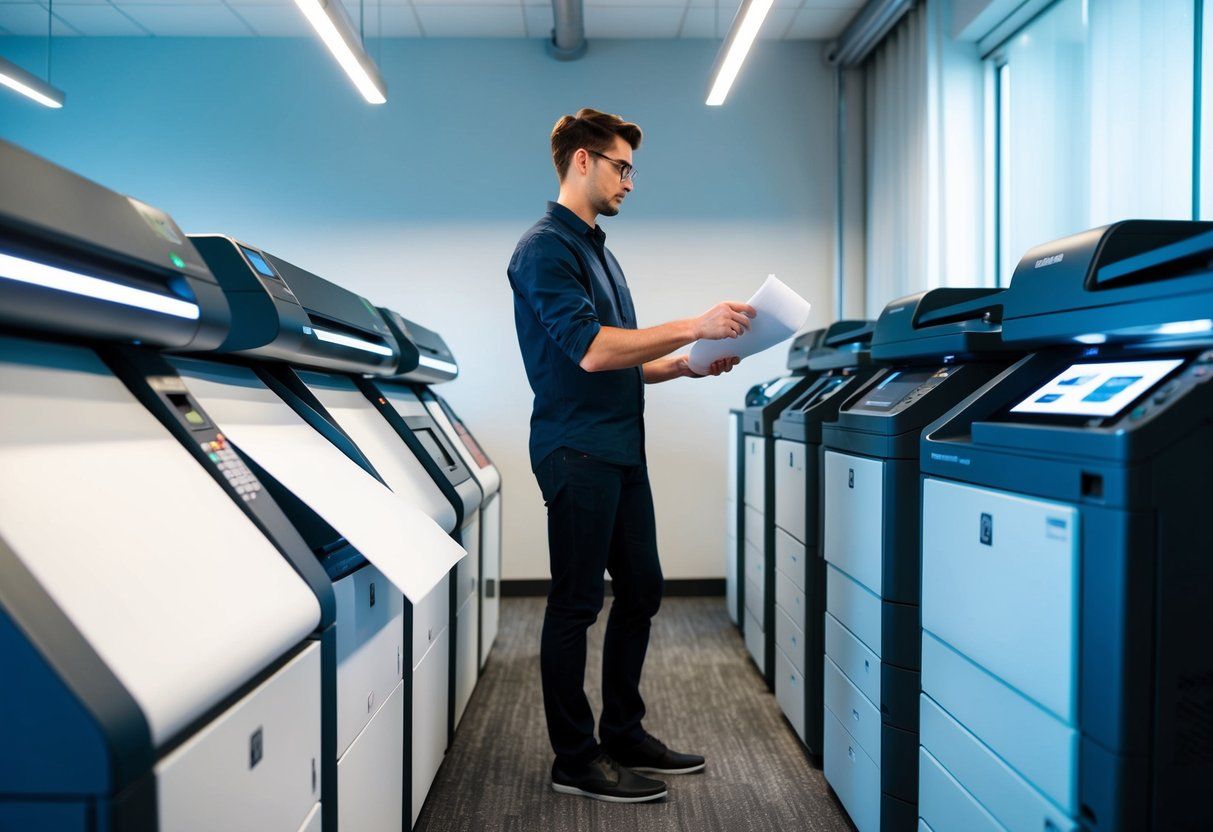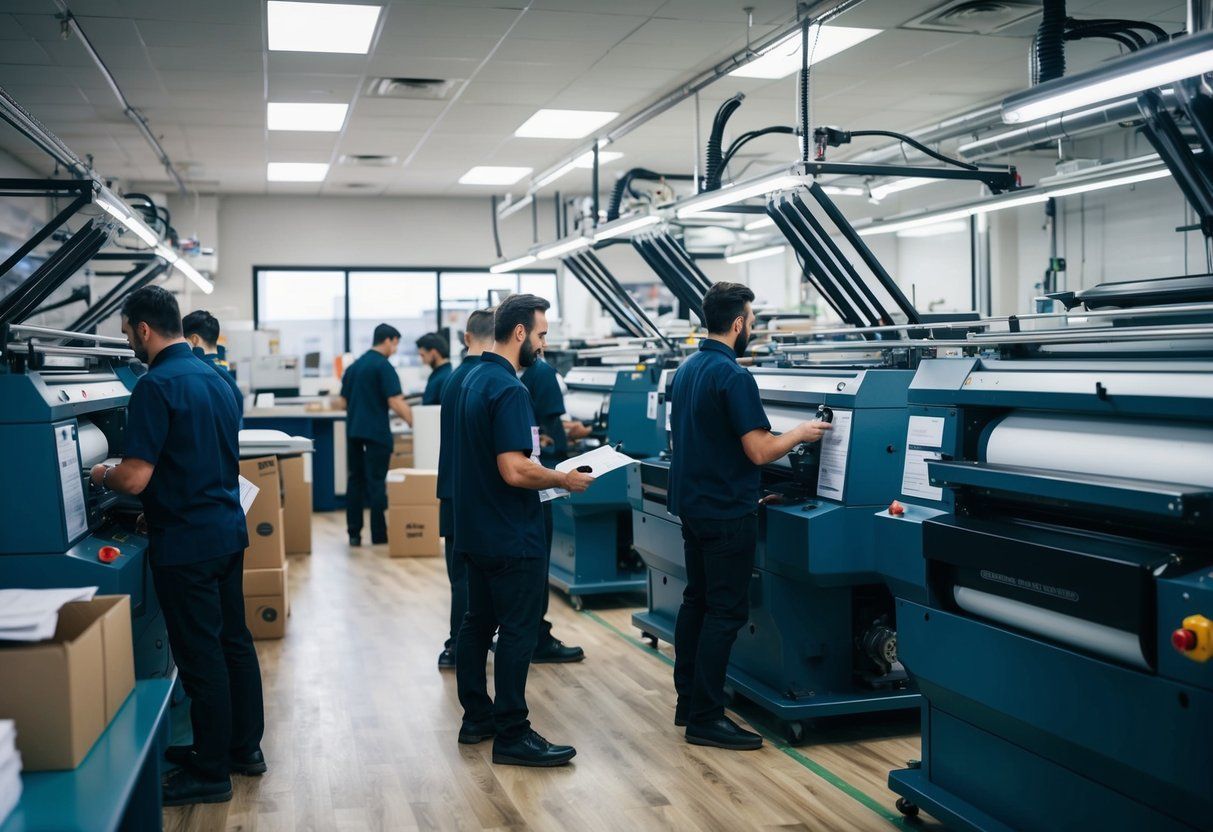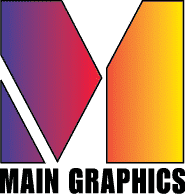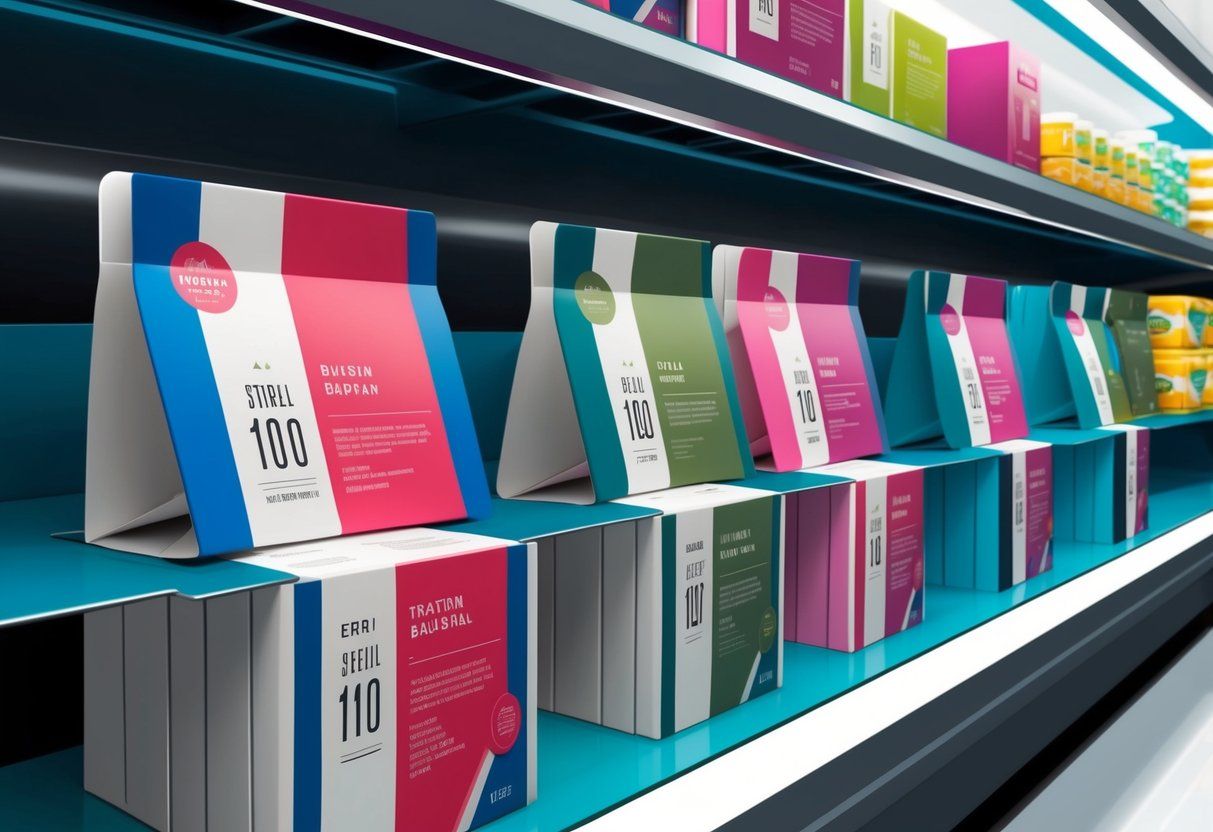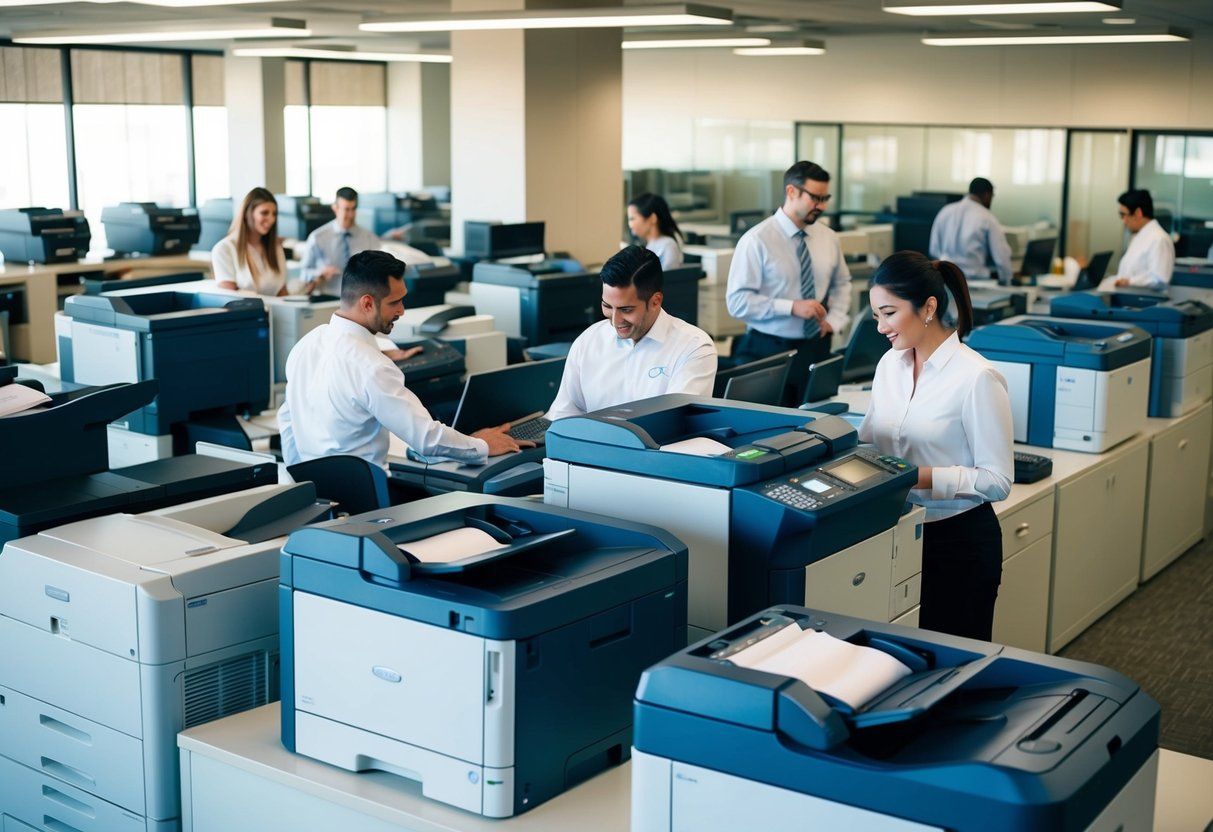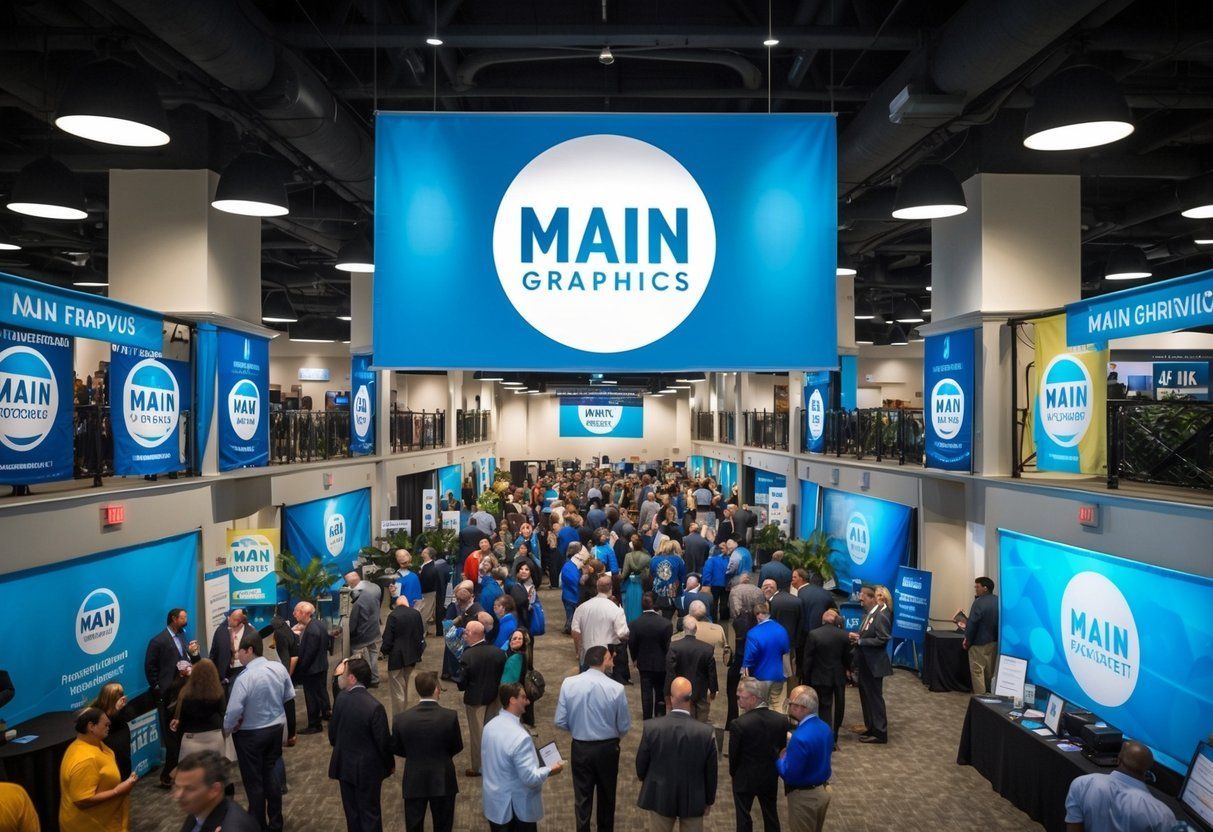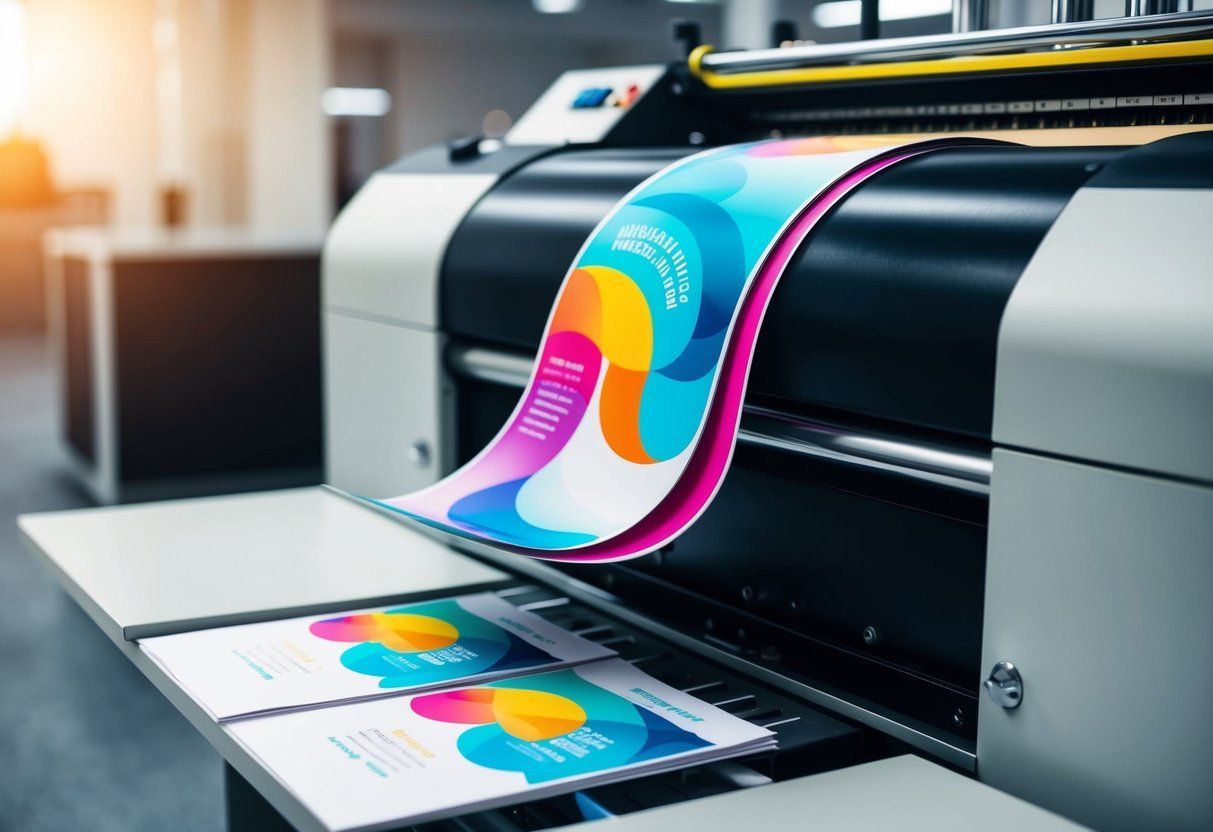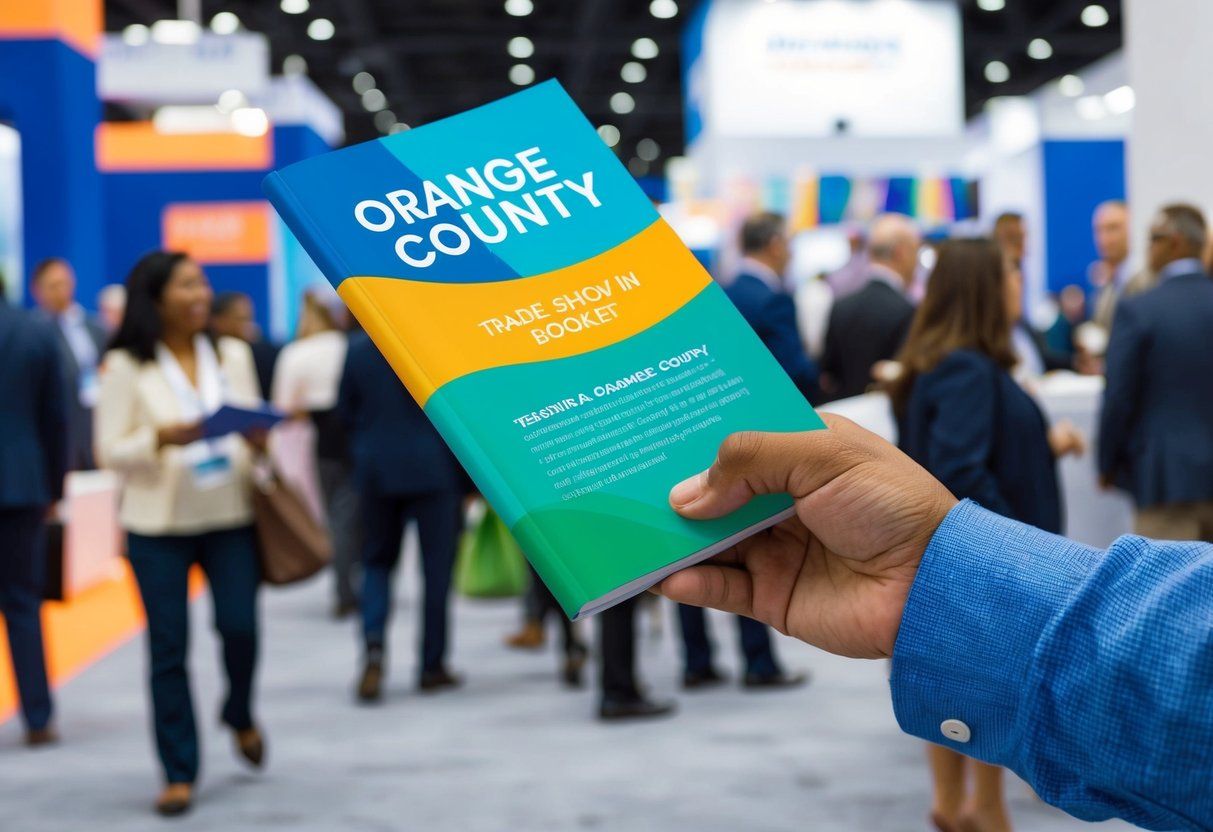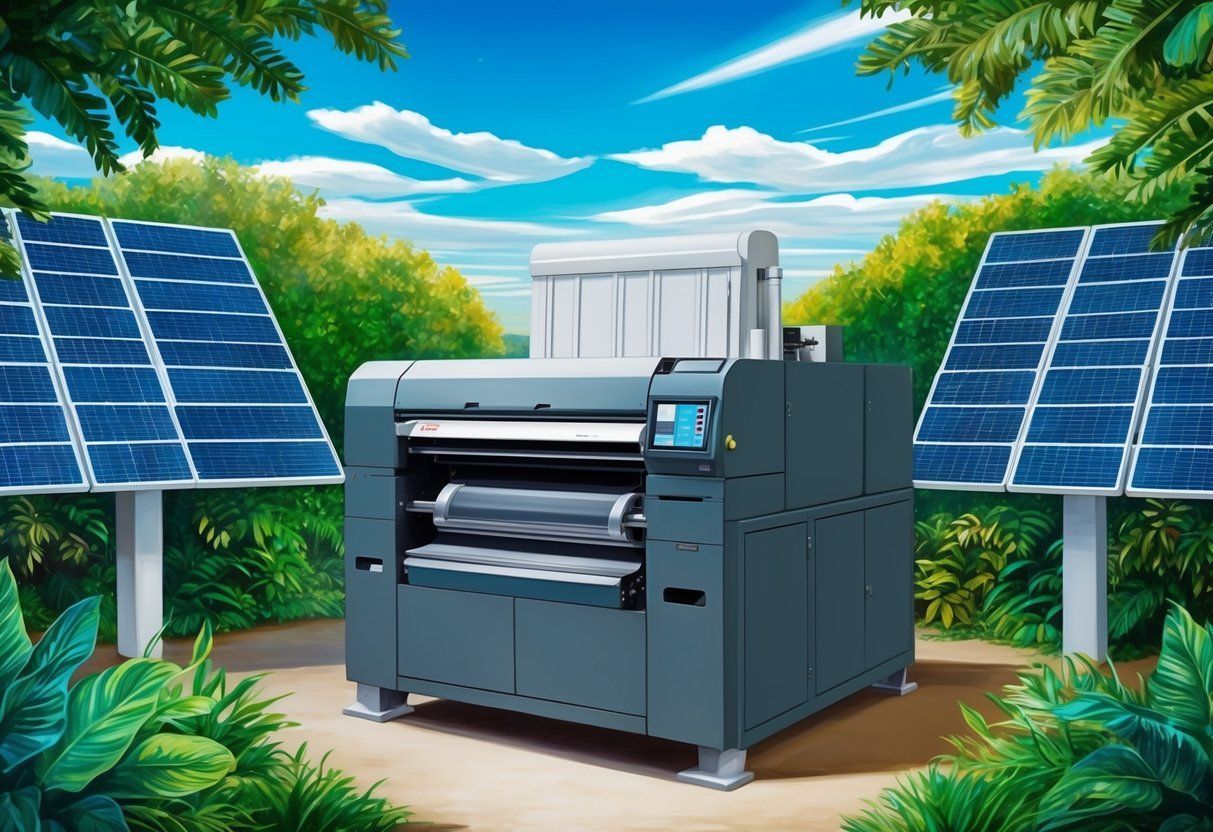Brochure Printing: Tips for High-Quality Results
Brochure printing is a crucial aspect of marketing and advertising for businesses of all sizes. Brochures are an effective way to convey information about a company’s products or services to potential customers. They are versatile, can be distributed in various ways, and can be customized to fit the needs of the business.
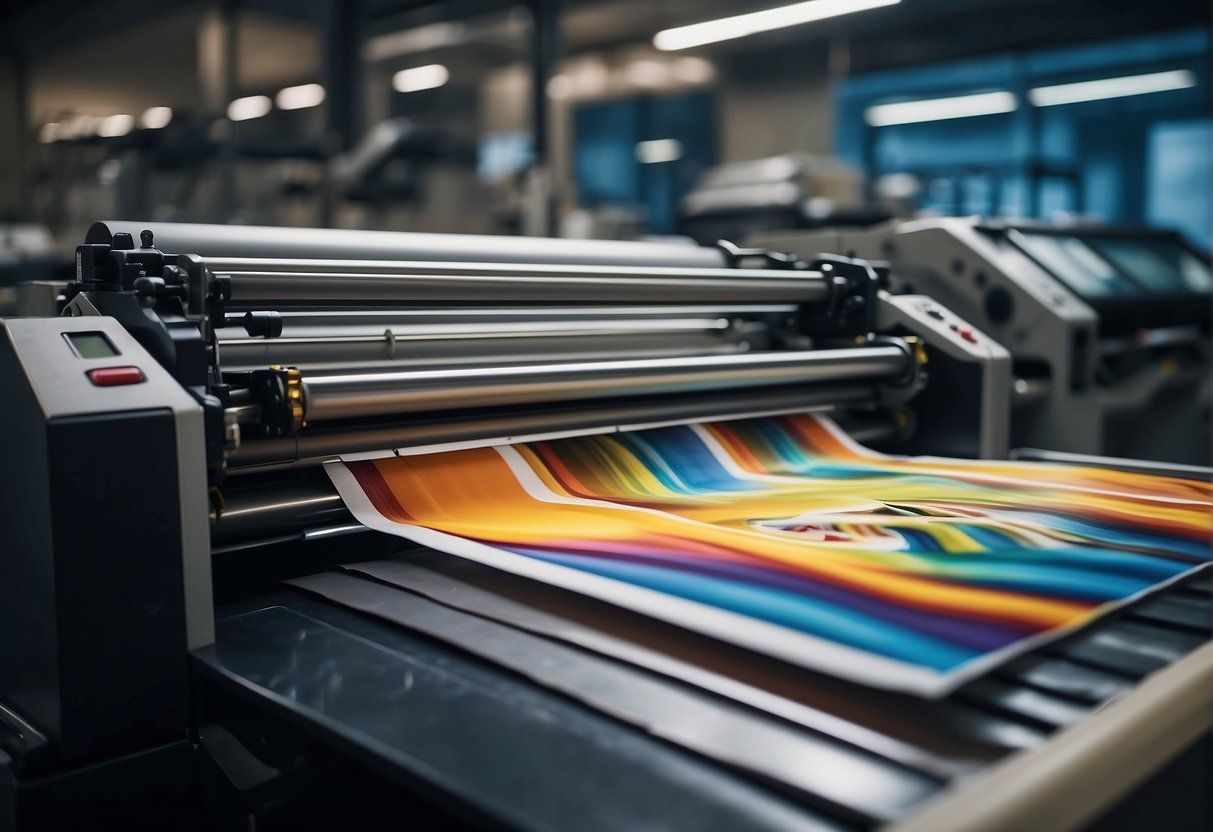
Brochure printing services offer a range of options to businesses, including paper stock, size, and design. A well-designed brochure can make a significant impact on a potential customer’s decision-making process. Brochures can be used for presentations, trade shows, direct mail campaigns, and more. They are an excellent tool for businesses looking to showcase their products or services in a professional and visually appealing manner.
In addition to promoting products and services, brochures can also be used to provide information about a company’s history, mission, and values. They can be used to introduce new products or services, announce special promotions, or highlight the benefits of doing business with the company. Overall, brochure printing is an essential part of any business’s marketing strategy and can help drive sales and increase brand awareness.
Designing Your Brochure
When it comes to designing your brochure, there are a few key elements to keep in mind. From choosing the right layout to incorporating branding elements, every decision you make will impact the overall effectiveness of your brochure.
Choosing the Right Layout
The layout of your brochure is one of the most important design decisions you will make. There are a variety of options to choose from, including gate fold, accordion fold, tri-fold, half fold, z-fold, roll fold, and French fold. Each layout has its own unique benefits and drawbacks, so it’s important to choose the one that best suits your needs.
Selecting Images and Graphics
Images and graphics are an essential component of any brochure design. They help to break up text and make the brochure more visually appealing. When selecting images and graphics, it’s important to choose high-quality files in formats such as PDF, JPG, or PNG. You can also use an online design tool to create custom graphics or choose from a variety of brochure templates.
Incorporating Branding Elements
Incorporating branding elements into your brochure design is essential for creating a cohesive and professional look. This includes using your company’s logo, color scheme, and font choices. By incorporating these elements, you can help to reinforce your brand identity and create a more memorable brochure.
Overall, designing a brochure requires careful consideration of a variety of factors, including layout, images and graphics, and branding elements. By taking the time to make thoughtful design decisions, you can create a brochure that effectively communicates your message and resonates with your target audience.
Printing Options
When it comes to brochure printing , there are several options available to ensure that the final product is of high quality and meets the desired specifications. Here are some of the most important printing options to consider:
Paper Stocks and Finishes
The paper stock and finish chosen for a brochure can have a significant impact on its overall look and feel. Some of the most popular paper stocks include gloss, matte, and uncoated. Gloss stock has a shiny finish that can make colors appear more vibrant, while matte stock has a more subdued, elegant look. Uncoated stock has a natural, textured feel that can give brochures a rustic or vintage vibe.
In addition to choosing a paper stock, it’s also important to consider the finish. Gloss and matte coatings can be applied to enhance the appearance and durability of the brochure. A gloss coating can give the brochure a high-shine finish, while a matte coating can provide a more subdued, sophisticated look.
Folding Options
Folding options are another important consideration when printing brochures. There are several folding options available, including bi-fold, tri-fold, and z-fold. Bi-fold brochures are folded in half, while tri-fold brochures are folded into thirds. Z-fold brochures are folded in a zigzag pattern, creating multiple panels for information.
The folding option chosen will depend on the amount of information that needs to be included in the brochure, as well as the desired layout and design. Each folding option can create a unique look and feel for the brochure, so it’s important to choose the option that best suits the intended purpose.
Custom Brochure Features
Custom brochure features can help to make a brochure stand out and provide a unique user experience. Some of the most popular custom features include die-cutting, embossing, and foil stamping.
Die-cutting involves cutting the brochure into a unique shape, such as a circle or star. Embossing creates a raised texture on the brochure, while foil stamping adds a metallic finish to certain elements of the design.
When choosing custom brochure features, it’s important to consider the intended purpose of the brochure and the desired aesthetic. Custom features can add a level of sophistication and professionalism to the final product, making it stand out from other brochures in the same industry.
Overall, there are several printing options available when creating a brochure, from paper stocks and finishes to folding options and custom features. By carefully considering each option and choosing the ones that best suit the intended purpose and design, it’s possible to create a high-quality brochure that effectively communicates the desired message.
Pricing and Ordering
Understanding Brochure Printing Costs
When it comes to brochure printing costs, the price can vary depending on a number of factors. The quantity of brochures ordered is one of the main factors that affects the cost. Generally, the more brochures ordered, the lower the cost per brochure. Common quantities for brochure printing include 25, 50, 100, 250, 500, and 1000.
The size and type of brochure can also impact the cost. Larger brochures with more pages will generally cost more than smaller brochures with fewer pages. Additionally, the type of paper used for the brochure can affect the cost. Glossy paper tends to be more expensive than matte paper.
It’s important to keep budget in mind when ordering brochures. While it’s tempting to go for the cheapest option, it’s also important to ensure that the quality of the brochure meets the desired standards. It’s recommended to get a few price quotes from different printing companies to compare prices and ensure that the price is affordable.
How to Get a Price Quote
To get a price quote for brochure printing, the first step is to determine the quantity and type of brochure needed. Once this is determined, the customer can reach out to a printing company to request a quote. Some printing companies may have an online form that can be filled out to request a quote, while others may require the customer to call or email to request a quote.
When requesting a quote, it’s important to provide as much detail as possible about the desired brochure. This includes the quantity, size, type of paper, number of pages, and any special finishing options such as folding or binding. The printing company will typically provide a price quote based on this information.
Once the price quote is received, the customer can decide whether to proceed with the order. If the price is within budget and the quality meets expectations, the customer can proceed with placing the order. Payment and order details will vary depending on the printing company, but most will require payment before the order is processed. Some printing companies may also require the customer to upload the brochure design file before placing the order.
Distribution and Usage
Brochures are an effective marketing tool that can be used to reach a wide audience. In this section, we will discuss the various ways brochures can be distributed and utilized for marketing purposes.
Direct Mail and Mailing Lists
Direct mail is a popular distribution method for brochures. This involves sending brochures directly to a targeted audience through the mail. Mailing lists can be purchased or compiled in-house using customer data. Brochures can be customized to include personalized information for each recipient, making them more engaging and effective.
Utilizing Brochures for Marketing
Brochures can be used in a variety of marketing settings, including presentations, events, and email campaigns. They can also be used as marketing material in customer service interactions, providing important information about products and services. Brochures can be customized to fit the specific needs of each marketing campaign, making them a versatile and effective tool.
Overall, brochures are a valuable marketing tool that can be used to reach a wide audience. By utilizing direct mail, mailing lists, and other marketing methods, businesses can effectively distribute brochures and increase their reach. With customized content and design, brochures can provide important information and engage potential customers in a clear and confident manner.…
